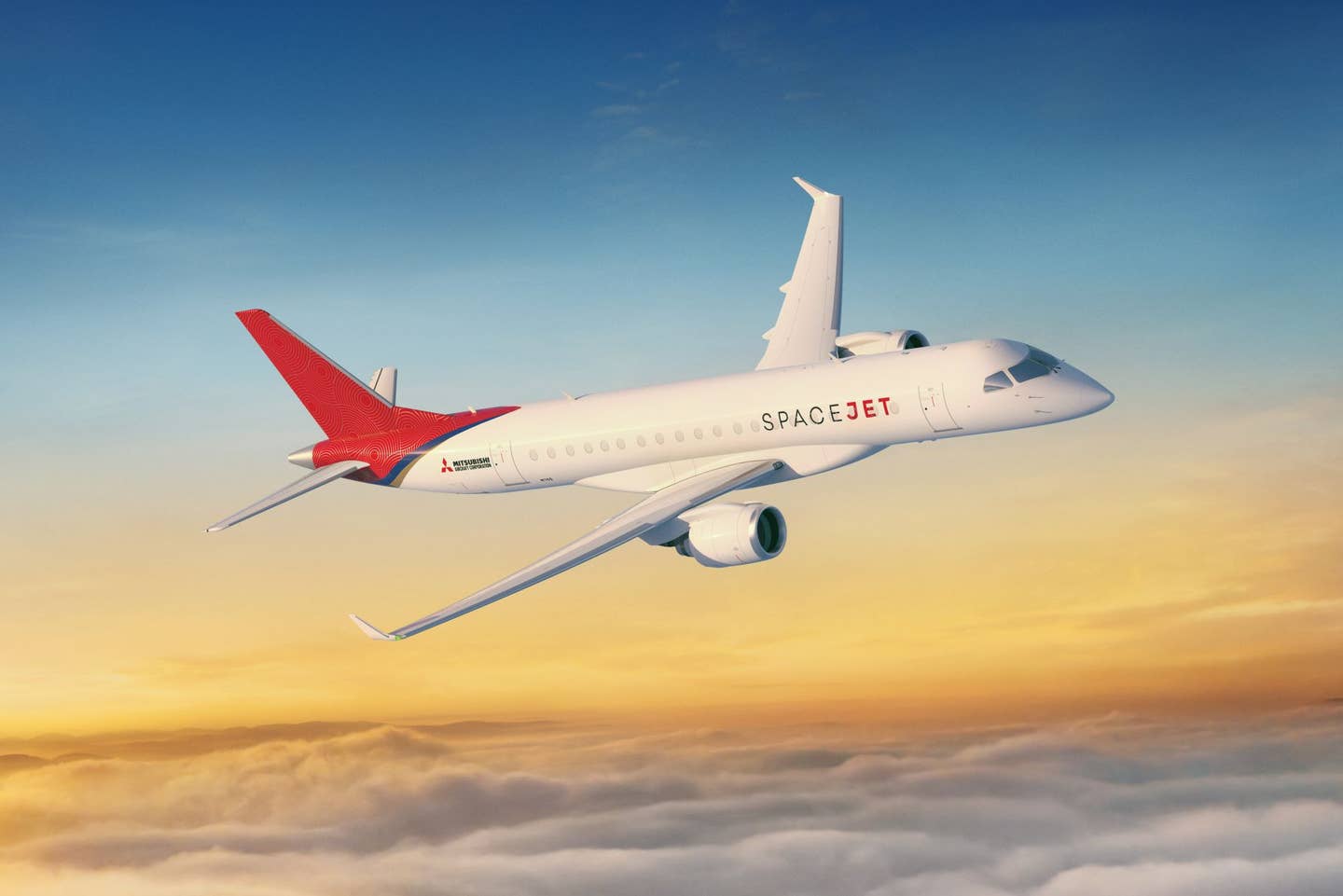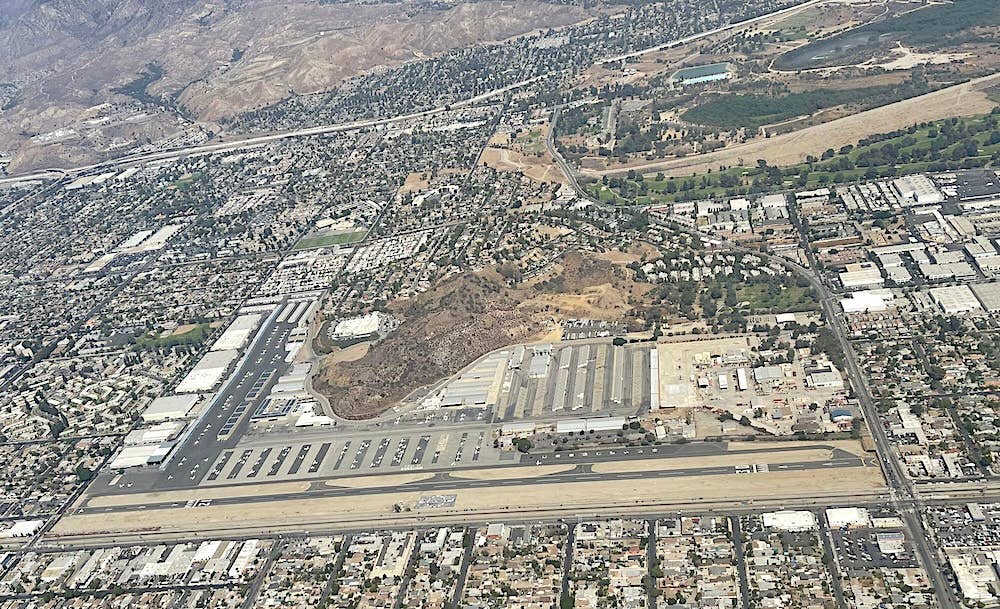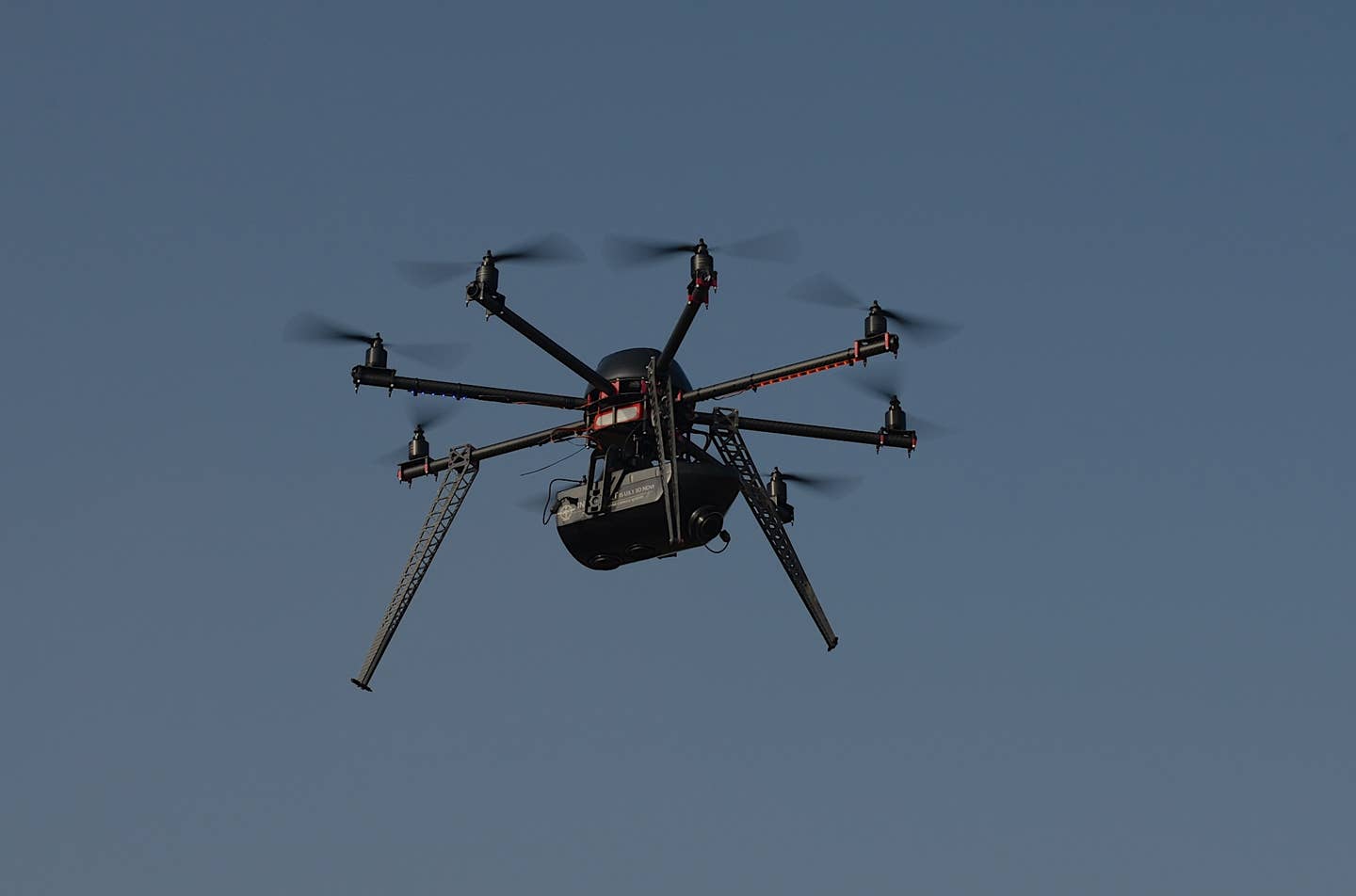Mitsubishi Back-Burners SpaceJet Program
Following moves in May to scale back the SpaceJet program, Mitsubishi says that it will now pause its regional-jet plan indefinitely. Earlier, the manufacturer closed its Quebec design office and…

Image: Mitsubishi Aircraft Corporation
Following moves in May to scale back the SpaceJet program, Mitsubishi says that it will now pause its regional-jet plan indefinitely. Earlier, the manufacturer closed its Quebec design office and U.S. headquarters in Renton, Washington, leaving only the flight-test facility in Moses Lake, Washington, active outside of staffing based in Japan. The aircraft was to be built in Nagoya.
While Mitsubishi says of its aero structures business division, “In preparation for market recovery expected from 2024, [Mitsubishi] will increase production efficiency and drive forward new technology development to participate in future global aircraft programs,” it says of its commercial-aircraft arm that “expanding commercial aircraft business is MHI’s long-term goal.” However, “Given current development status and market conditions, we have no choice but to temporarily pause the majority of SpaceJet activities, except for TC documentation. We will work to review where we stand, make improvements, and assess a possible program restart.” It says that transfer “human resources and knowhow” from the SpaceJet program into its defense projects.
Mitsubishi was hoping the SpaceJet, formerly the MRJ (Mitsubishi Regional Jet), would be the first airliner completely designed and built in Japan for decades. Launched in 2008, the SpaceJet program has consumed some $9 billion so far.






